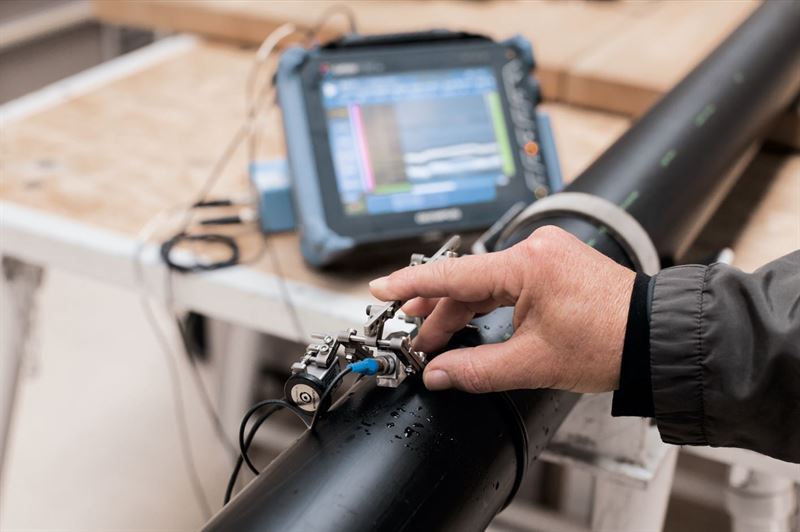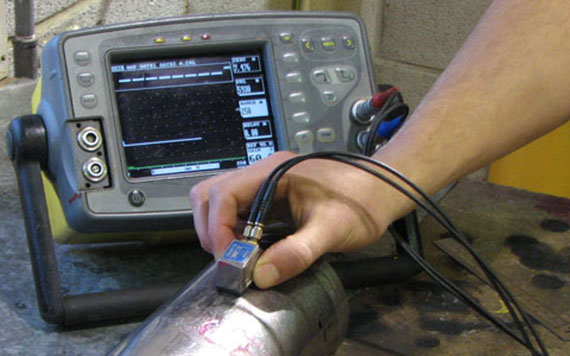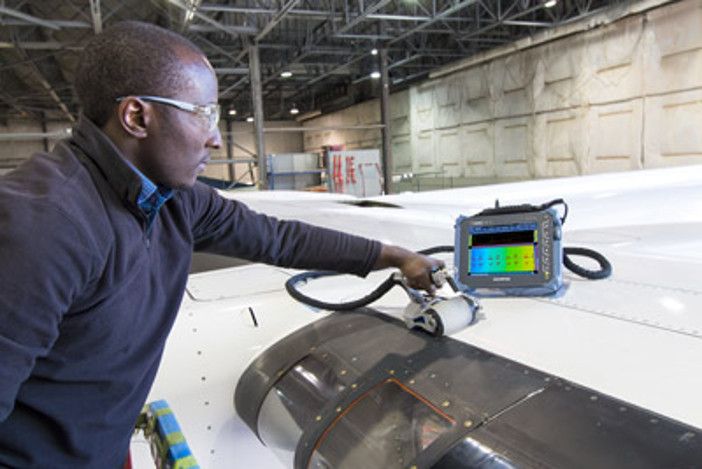In the realm of modern quality assurance, understanding what is synchronization in inspection systems is crucial for maintaining high standards. This concept plays a vital role in ensuring that various components of an inspection system work together seamlessly to deliver accurate and reliable results. By delving into synchronization, industry QA professionals can optimize their operations and enhance the efficiency of their inspection processes.

The Importance of Synchronization in Quality Assurance
Synchronization is at the heart of efficient inspection systems. It ensures that all parts of the system operate in harmony, reducing errors and improving the overall quality of inspections. For instance, in industries where precise measurements and timely inspections are critical, such as in HVAC control optimization, synchronization ensures consistency and reliability.
Components of an Inspection System
Understanding the components of an inspection system is essential in grasping how synchronization works. Typically, these systems include sensors, processors, communication protocols, and user interfaces. Each component must be carefully synchronized to function effectively. Real-time anomaly alerts in HVAC systems, for instance, rely on synchronized data collection and processing.
Role of Sensors
Sensors are the eyes and ears of an inspection system. They gather data from the environment and send it to processors for analysis. Without proper synchronization, the data collected can be inaccurate, leading to flawed inspections.
Processors and Data Handling
Processors analyze the data from sensors. Synchronization ensures that data is processed in real-time, allowing for timely decision-making. In applications like automated refrigerant level detection, quick data processing is crucial.
Synchronization Techniques
Several techniques are employed to achieve synchronization in inspection systems. These include time synchronization, data synchronization, and process synchronization. Each technique has its unique applications and benefits.
Time Synchronization
Time synchronization ensures that all parts of the system operate on the same timeline. This is crucial for systems where precise timing is essential, such as in high-speed manufacturing inspections.
Data Synchronization
Data synchronization ensures that data collected by different sensors is aligned accurately. This is vital for comprehensive analysis and reporting, especially in systems analyzing HVAC energy usage patterns.
Challenges in Synchronization
Despite its importance, achieving synchronization in inspection systems is not without challenges. These include technical limitations, communication issues, and environmental factors. Overcoming these challenges requires innovative solutions and continuous monitoring.
Technical Limitations
Technical limitations such as hardware compatibility and software integration can hinder synchronization efforts. It requires careful planning and system design to mitigate these issues.
Communication Issues
Communication between system components must be flawless for synchronization to be effective. Any breakdown in communication can lead to errors and inefficiencies.
Future of Synchronization in Inspection Systems
The future of synchronization in inspection systems looks promising with advancements in technology. As systems become more sophisticated, the need for precise synchronization will continue to grow, leading to more efficient and accurate inspections.
Conclusion
Understanding what is synchronization in inspection systems is vital for industry QA professionals aiming to improve inspection accuracy and efficiency. By implementing effective synchronization techniques, organizations can enhance their quality assurance processes and maintain high standards in their operations. For more insights on inspection systems, you can explore [key factors for determining inspection frequency](https://acoem.us/blog/other-topics/key-factors-for-determining-inspection-frequency/) and ensure your systems are up to date.

FAQ
How does synchronization impact inspection accuracy?
Synchronization ensures that all components of an inspection system work together seamlessly, reducing errors and improving inspection accuracy. By aligning data collection, processing, and reporting, synchronization helps deliver reliable results.
What are the common challenges in achieving synchronization?
Common challenges include technical limitations, communication issues, and environmental factors. Overcoming these challenges requires innovative solutions and continuous monitoring to ensure effective synchronization.
How can I improve synchronization in my inspection system?
Improving synchronization involves implementing advanced techniques like time, data, and process synchronization. Regular system updates and monitoring can also enhance synchronization efficiency.
This article contains affiliate links. We may earn a commission at no extra cost to you.
